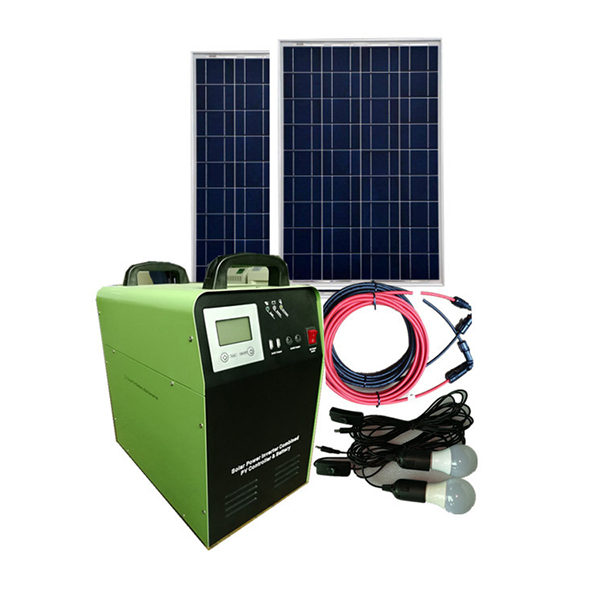Components of a Solar PV System
2024-01-25
A Solar Photovoltaic (PV) System, commonly known as a solar power system or solar energy system, is a technology that converts sunlight into electrical energy. Solar PV systems harness the energy from the sun using photovoltaic cells to generate electricity. These systems are widely used for both residential and commercial applications, providing a renewable and sustainable source of power. Here are the key components and features of a solar photovoltaic system:
Components of a Solar PV System:
1. Solar Panels (Photovoltaic Modules):
- Solar panels are the core components that capture sunlight and convert it into direct current (DC) electricity using semiconductor materials, typically made of silicon.
2. Inverter:
- The inverter converts the DC electricity generated by the solar panels into alternating current (AC), which is the standard form of electricity used in homes and businesses.
3. Mounting Structure:
- Solar panels are mounted on structures such as rooftops, ground-mounted systems, or solar tracking systems to optimize sunlight exposure.
4. Solar Racking and Mounting:
- Racking and mounting systems secure the solar panels in place, providing structural support and ensuring proper orientation for optimal sunlight absorption.
5. Balance of System (BOS) Components:
- BOS components include wiring, connectors, junction boxes, and other electrical and structural components required to connect the solar panels to the inverter and the electrical grid.
6. Solar Charge Controller (for Off-Grid Systems):
- In off-grid solar systems with energy storage (batteries), a solar charge controller regulates the charging and discharging of batteries, preventing overcharging or excessive discharge.
7. Energy Storage (Battery Bank):
- In off-grid systems or systems with battery backup, energy storage is used to store excess electricity generated during sunny periods for use during periods of low sunlight or at night.
8. Monitoring System:
- Some solar PV systems come with monitoring systems that provide real-time information about the performance of the system, including electricity production and potential issues.
Features and Considerations:
1. Grid-Tied vs. Off-Grid Systems:
- Grid-tied systems are connected to the utility grid, allowing excess electricity to be fed back into the grid. Off-grid systems operate independently of the grid and rely on energy storage.
2. Net Metering:
- Grid-tied systems often use net metering, a billing arrangement where excess electricity generated is credited to the homeowner, offsetting the electricity drawn from the grid when solar production is low.
3. System Size and Capacity:
- The size of a solar PV system is determined by the number and capacity of the solar panels. Larger systems generate more electricity and may be suitable for commercial or industrial applications.
4. Solar Efficiency:
- Solar panel efficiency is a measure of how effectively a panel converts sunlight into electricity. Higher efficiency panels are generally more expensive but may be preferred in limited space installations.
5. Solar Incentives and Rebates:
- Many regions offer incentives, rebates, or tax credits to encourage the installation of solar PV systems, making them more financially attractive.
6. Environmental Impact:
- Solar PV systems are a clean and renewable energy source, producing electricity without emitting greenhouse gases. They contribute to reducing the environmental impact of energy generation.
7. Lifecycle and Durability:
- Solar panels have a long lifecycle, typically 25 years or more. It's important to choose durable and reliable components to ensure the longevity and efficiency of the system.
8. Local Regulations and Permits:
- Installation of solar PV systems may require compliance with local regulations and obtaining necessary permits. It's crucial to check and adhere to local guidelines.
Solar photovoltaic systems offer a sustainable and renewable energy solution, contributing to the global transition toward cleaner and more environmentally friendly power sources. When considering the installation of a solar PV system, it's advisable to work with experienced professionals, follow local regulations, and assess the specific needs and conditions of the installation site.



